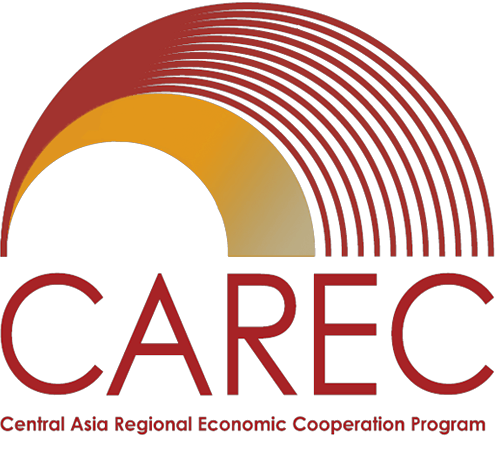Afghanistan
CAREC in Afghanistan
Afghanistan joined CAREC in 2005 and has since been working with other member countries to forge links and partnerships that will restore the country to its traditional place as a crossroads of cultures and commerce.
As a strategic bridge between Central Asia and South Asia, Afghanistan stands to gain from the improvements in infrastructure connectivity that CAREC has been promoting. Major road and rail corridors-including the country’s first railway line-now offer better access for poor, isolated regions of the country. In the energy sector, long transmission lines transport electricity generated by neighboring countries into households and businesses 24 hours a day, 7 days a week.
CAREC’s strategy and operations are aligned with the goals and priorities of the Afghanistan National Development Strategy that includes developing regional transport networks, boosting regional trade, and securing reliable and efficient energy
Key Projects
As of 2019, the CAREC Program has invested more than $4.57 billion in Afghanistan, on the principle that better connections will be key to unlocking the region’s vast resources and human potential.
The focus on building transport and energy networks is helping Afghanistan increase regional trade, promote private sector investment, and secure adequate power using electricity generated outside its borders. Economic integration with its CAREC neighbors will enable Afghanistan maximize the value of its natural resources, build human capacity, create jobs, and pay for services.
Membership in the CAREC Program is putting Afghanistan on the path to full integration into a prosperous region, with infrastructure — the backbone of development — laying the foundation for sustainable economic growth. The program could end the country’s dependence on aid and provide solutions to endemic poverty, instability, and weak governance.
